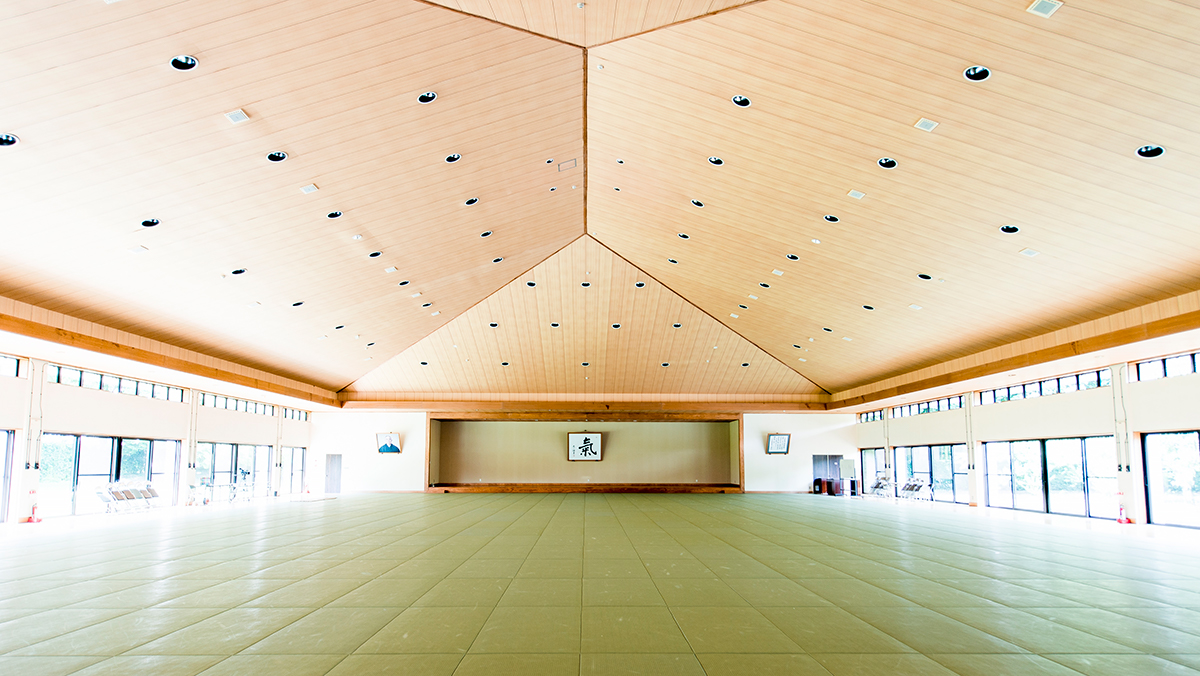A Short Instruction:
The purpose of this article is to apply the Ki principle (mind moves the body) which is the fundamental of Shin Shin Toitsu Aikido to our daily life.
It is not enough just to read, but it is important to positively practice the subject given each month. Learning through practice will be your lifelong asset.
Shinshin Toitsu Aikido for Children
I began training Shinshin Toitsu Aikido when I was two years old. Although I do not remember much about the training when I was two, I do remember very well that I have been taught by Koichi Tohei Sensei the way of holding Bokken since the days of my earliest recollection.
When I was a young child, I did not think about the purpose of training, but now I think that it was meaningful for me to have trained since early childhood.
First: “Posture”.
The correct posture is absolutely important for the development of children. Here, “correct” does not mean a posture in which we straighten up our back with tension as is often recommended. The correct posture is a natural posture, one which is the most comfortable, most sustainable, and most stable.
We can check whether the posture is correct (natural) or not by conducting a Ki test. Young children cannot understand much of the theory of a Ki test, but by enjoyably checking each other whether their postures are stable, the correct posture can be learned.
Many primary school students these days have stiff shoulders, lower back pain, headaches and poor circulation. In most cases, these conditions are caused by bad posture. By learning the correct (natural) posture from early childhood, we can have the basis of physical strength and good health.
When I was a primary school student, most likely because I made too much mischief, my class teacher often gave me punishment, such as making me stand out in the corridor or sitting seiza for long periods of time. However, since I had learned the correct posture, I was able to keep the same pose as required by the punishment for one or even two hours with ease. “It does not seem much like punishment!” my class teacher often complained.
In Shinshin Toitsu Aikido training, children learn not only posture, but also the rules of etiquette, like making a proper greeting and lining up one’s shoes neatly. I am very grateful to have learned such things at an early age.
Second: “Human Relationship”.
In primary school, most of my friends were in the same grade. This is what is called “horizontal” relationship. In Shinshin Toitsu Aikido training, children have contact with school students of different grades as well as the Aikido instructor.
Children among different ages and grades train together in the dojo. Older children learn how to look after younger children, and younger children learn how to deal with older ones with respect. This is a “vertical” relationship.
There may be an idea that we need to obey whatever older people order us to do, but “vertical” relationship does not mean this. It is vital to make good human relationships in social life, which cannot be learned by studying at a desk.
There are many who graduate school and become adults without learning “vertical” relationships. So even though these people may have an excellent brain, they cannot play an active role in society successfully.
I am deeply grateful that I learned “vertical” relationship in the dojo.
Parents’ role is __________ . Please have your children develop good habits.
[Subject]
・ What phrase could be inserted in the underlined blank above? There are countless answers.

